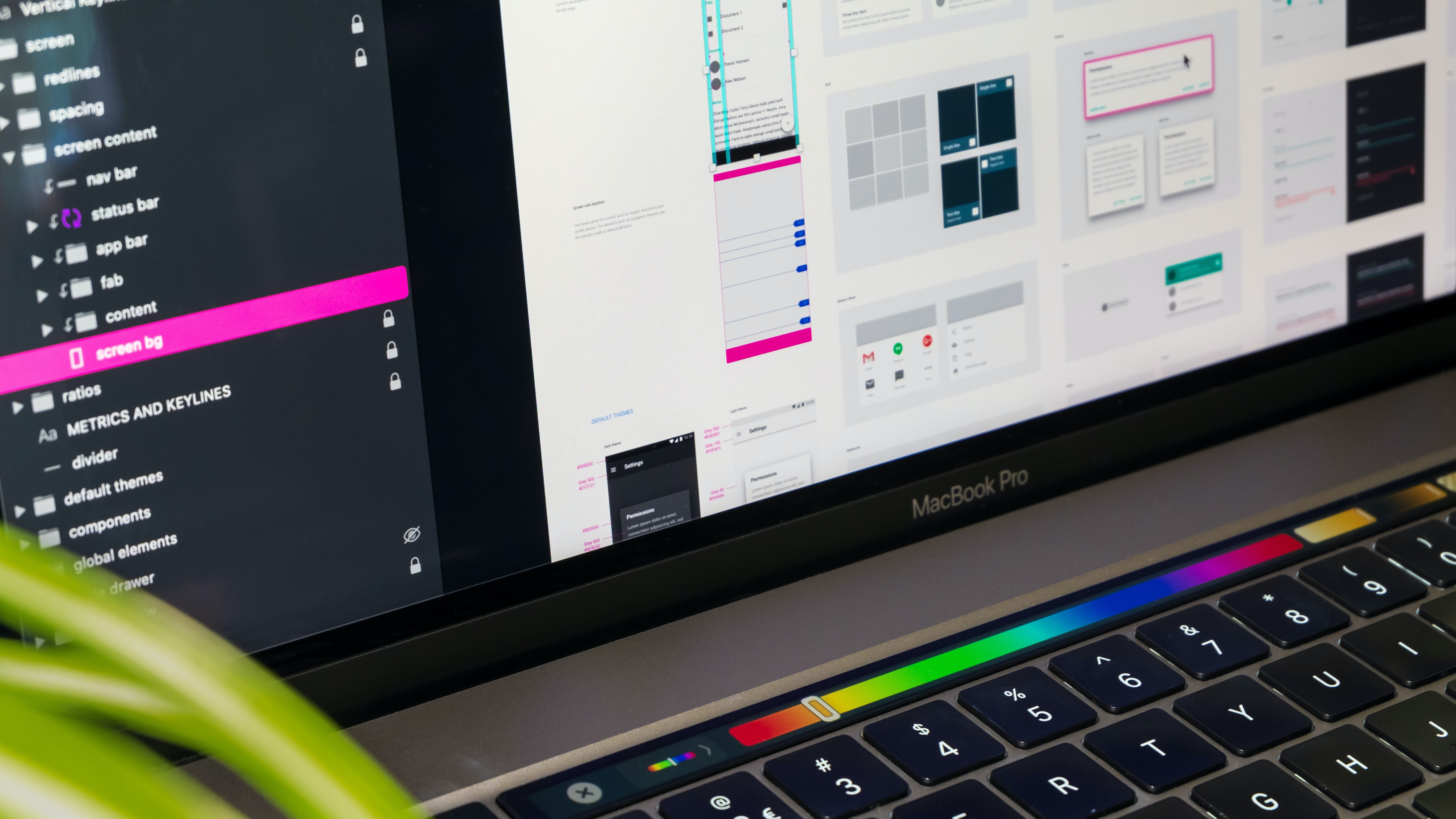Designing a mobile user interface (UI) is a crucial step in the mobile app development process. At Zee Palm, we understand the importance of creating an intuitive, easy-to-navigate, and visually pleasing interface. In this blog post, we'll share some of the best practices we follow at Zee Palm for designing mobile UIs that will help you create an app that's both functional and visually appealing.
Keep it simple
A minimalist approach is often best when it comes to mobile UI design. By avoiding clutter, you can make it easier for users to find what they're looking for and navigate through the app. This can be achieved by:
- Minimizing the number of elements on the screen: Avoid cluttering the screen with too many buttons, links, or other elements. Instead, focus on the essential information and actions and make them prominent.
- Using whitespace effectively: Whitespace, also known as negative space, is the area around and between elements on the screen. Using whitespace effectively can help to create a sense of balance and hierarchy in the UI, making it easier to scan and understand.
- Using simple and clear typography: Simple and clear typography can help to make the UI more legible and easier to understand. Use font size, weight, and colour to create a hierarchy and guide users through the UI.
Make it interactive
Make your design interactive by adding gestures. Gestures are actions performed with one or more fingers on the touch screen of a mobile device. They are a natural way to interact with mobile devices. Incorporate gestures into your UI design to make it more intuitive for users. These actions can be used to perform various functions within the app, such as navigating between pages, opening and closing menus, and selecting items. There are several widely used common gestures in mobile UI design:
- Swipe: A swipe gesture allows users to move between pages or sections within an app by sliding their fingers horizontally or vertically across the screen. This gesture is usually used for pagination and browsing through content.
- Tap: A tap gesture allows users to select items or activate buttons by tapping on the screen with their fingers. This gesture is commonly used for selecting options, activating buttons and links, and opening and closing menus.
- Pinch and spread: A pinch and spread gesture allows users to zoom in and out of images or maps by pinching or spreading their fingers on the screen. This gesture is commonly used for manipulating images and maps.
- Long press: A long press gesture allows users to access additional options or information by pressing and holding their finger on the screen. This gesture is usually used for displaying context menus and additional options.
Consider the device's form factor
Mobile devices come in a variety of shapes and sizes, so it's important to design a UI that works well on different devices. This includes taking into account things like screen size, resolution, and the location of buttons and other elements. Moreover, on a small screen, not all information can be displayed at once. Prioritize the most important information and make it easy for users to access it.
Use consistent design patterns
Design patterns are pre-established solutions to common design problems. These patterns can be applied to various elements of the UI, such as navigation, buttons, and forms. Examples of common design patterns include:
- Navigation patterns: Navigation patterns are used to guide users through the app and provide access to different sections or pages. Common navigation patterns include tabs, hamburger menus, and bottom navigation bars.
- Input patterns: Input patterns are used for collecting information from users, such as text input, checkboxes, and radio buttons.
- Feedback patterns: Feedback patterns are used to provide visual and textual feedback to users, such as progress bars, toasts, and snack bars.
Consistency is key when it comes to mobile UI design. Using consistent design patterns throughout the app, such as a consistent colour scheme, typography, and iconography can help users understand how to use the app and make it easier for them to navigate.
Test with real users
The best way to ensure that your mobile UI is effective is to test it with real users. This will give you valuable feedback on how the app is working and help you identify any areas that need improvement.
By following these best practices for designing mobile UIs, you'll be able to create an app that's both functional and visually pleasing to users. At Zee Palm, we understand the importance of user experience and strive to create designs that meet the needs of our clients and their users. Remember to keep it simple, use familiar elements, consider the device's form factor, use consistent design patterns, and test with real users to get the best results.
For custom software development, visit us at Zee Palm
For free premium front-end flutter kits, visit Flutter Coded Templates
Check out free Flutter Components, visit Flutter Components Library









